Glossary
Analyze: To examine in detail the content that has been provided.
Average Click Rate: Also known as Average CTR, this rate shows the number of clicks versus the impressions on your campaign.
Backlink: A hyperlink on your website that goes from your website to another or vice versa. The more backlinks you have, the better favored your website will be.
 Competitive Brand: A rivalry between two or more brands.
Competitive Brand: A rivalry between two or more brands.
Content: Expressing your thoughts through the means of text. It is the subject matter of your website. Content is very valuable to those that have websites as this is a way to attract customers, keep subscribers, and drive revenue to your brand.
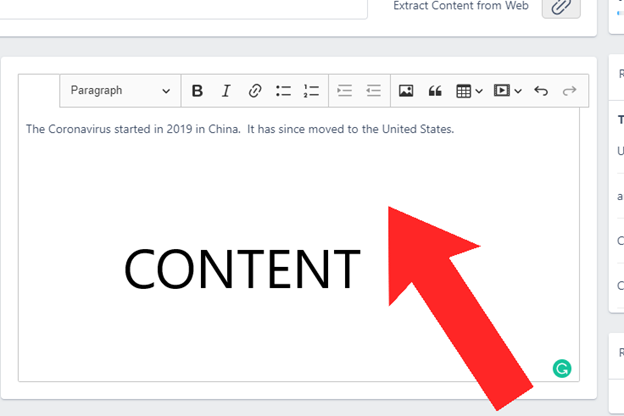
Content Quality: This refers to how well the content is written. Content that is poorly written will not attract visitors, therefore it won't provide the results that you most generally are looking for. Content that is high-quality will have a purpose behind it, such as making conversions higher or driving more traffic to your website. When content quality is high, the website will generally see trust developed with customers, more engagement, a better social media presence, and an increase in audience retention. You can improve your conversions, generate leads, build up your authority, and improve your SEO efforts.
CPC: Also known as Cost Per Click, this model is used to help drive traffic to a website. This will be the price that you will pay for every click in your CPC campaign.
Emotional Score: A method used to measure how a customer feels. This will provide a richer experience for the user in the long run.
Extract Content: A feature which allows you to obtain content from one site without having to access an API (application programming interface) for the content first.

Flesch Reading Ease Score: A system used to score how easy content is to read. Two variables are used in order to produce the score (average length of your sentences and the average number of syllables per word. The score is from 0 to 100.
Score | Definition |
90-100 | Super easy to read. Most 11-year-old students will comprehend this. |
80-90 | Easy to read. |
70-80 | Fairly easy to read. |
60-70 | Understood by most 13 to 15-year-old. |
50-60 | Somewhat difficult to read. |
30-50 | Very difficult to read. College graduates are suited for this material. |
0-30 | Super difficult to read. University graduates are suited for this material. |
Generated: To produce or create.
Google: A technology company that specializes in internet related items.
Google Account: An individual’s account which is needed for access, authentication and authorization to certain online Google services
Gunning Fog Score: A test of readability for English content developed by Robert Gunning. The numbers provided will estimate the number of years an individual needs to understand the content.
The formula used for the Gunning Fog Score is:

The score chart for the Gunning Fog Score is as follows:

Headlines: The heading that is located at the top of an article or other piece of content.
HyperLink: A phrase or word that can be clicked on in a piece of content to go to another piece of content.

HTML: Hypertext Markup Language is a programming language used, which is commonly referred to as HTML.

Key phrase: A term which content writers will desire to have either their page or post rank for. An example is if your page is about cats, you may want to have your page rank for catnip toys for cats.
Keyword Coverage: A percentage of ad displays that your campaign obtains during a certain period of time.
Keywords: Topics that will define what your content is about. These are the words that people will search for when looking for a particular topic.
Optimized: To write or rewrite your content in order to provide the maximum efficiency for viewers. The content will be used to target the largest amount of people possible. Meta tags, title tags, and links that are relevant are added to the content in order to be certain that it is optimized.
Menu Bar: A bar that is generally located at the top of a screen underneath the title bar that is horizontal.
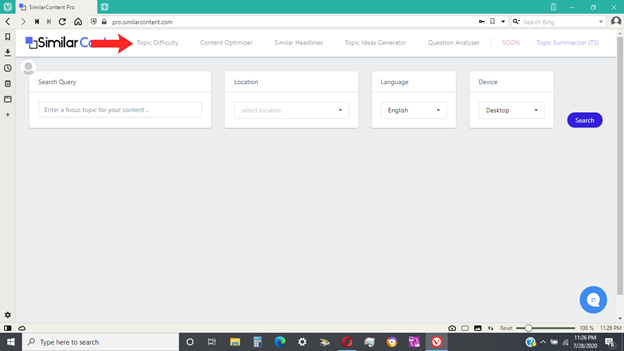
PNG: Referring to Portable Network Graphics which supports lossless data compression with a raster-graphics file format.
PPC: Standing for Pay Per Click, this method is used to drive traffic to a particular website. Whenever an ad is clicked on, the publisher will be paid by the advertiser.
Rank: A position within the search engine results.
Readability Grade Level: A chart containing which grade level will be to read and understand the written content.
Readability Score: A number provided that will tell the writer how easy the piece is to read.
Relevance Percentage Score: A score between 1% and 400% that will show the relevance of the content. Anything over 100% will boost the relevance of a page. Anything less than 100% will lower the relevance.
Search Bar: An element used for search engines, as well as websites to browse particular topics.

Search Volume: The number of searches a particular keyword or phrase obtains over a set period of time.
SERPs: Stands for Search Engine Results page. This is what shows after a user has typed in a keyword or phrase.
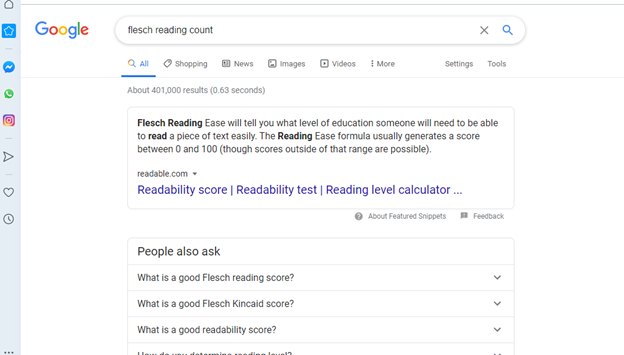
SERP Analysis: A method used to look at the top-ranking pages in the SERPS to determine if the keyword you want to rank for is relevant or not. This may possibly give you the chance to outrank your competition.
Sentiment: A feeling that is portrayed through content.
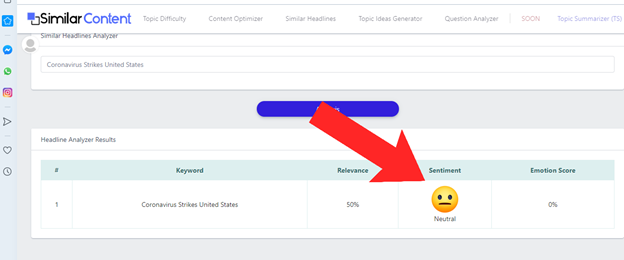
Sentiment Tone: The attitude of a piece of content.
SEO: Standing for search engine optimization, this method will increase both the quantity and quality of traffic to your website. Awareness is brought to your site by using various methods, such as paying for ads to promote your website, using keywords that you have optimized, and many other factors.
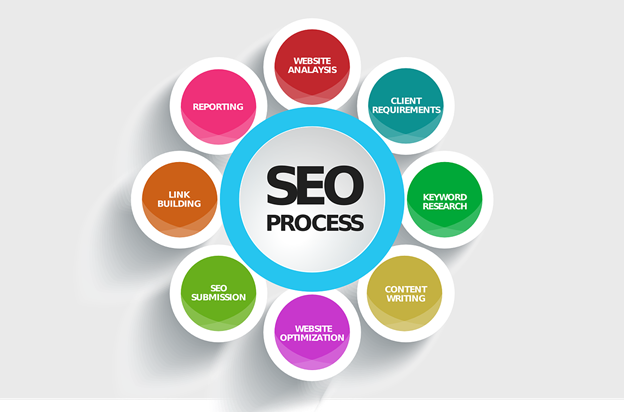
Subtopic Ideas: Ideas that pertain to the main topic idea. These may include the who, what, where, why, when, and how's of the main topic. It breaks down the main theme into smaller categories.
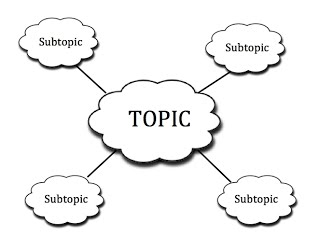
SVG: Standing for scalable vector graphics, this is a vector that is based on two dimensional graphics with the support of animation and interactivity.
Target: The person, object, or place that you are aiming for. In content writing, this may be a specific group of individuals that you are aiming to please.
Text: A piece of writing.
Topic: The subject of a piece of content.
Topic Difficulty: How easy or hard it is for a subject to be written about.
TFIDF: A stat that is labeled as a number which is used to show how important a word or group of words is to a piece of content

Traffic: Refers to the number of visitors your site receives.
Unique word count: A word that is not used multiple times.
Web address: Also known as a URL or a Uniform Resource Locator, this specifies a location and a method to retrieve it on your computer.
Word count: The amount of words a given piece of content has.

